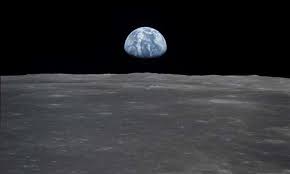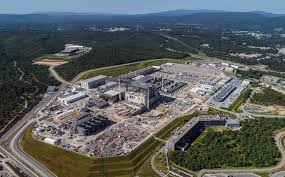
NASA has reported that the Lunar Reconnaissance Orbiter (LRO) spacecraft had found evidence that the Moon’s subsurface might have greater quantities of metals such as iron and titanium than thought before. The metallic distribution was observed by the Miniature Radio Frequency (Mini-RF) instrument aboard the LRO.
Daily Current Affairs Quiz 2020
Key-Points
The LRO’s Mini-RF instrument was measuring an electrical property within lunar soil in crater floors in the Moon’s northern hemisphere. The property, known as the dielectric constant, is the ratio of the electric permeability of a material to the electric permeability of a vacuum.
The Mini-RF team observed that the level of this property increased as they surveyed larger craters, and kept rising in crater sizes up to 5 km in diameter. Beyond that size, the value of the dielectric constant levelled off.
The finding could aid in drawing a clearer connection between Earth and the Moon.
The Moon formation hypothesis
The most popular theory about the Moon’s creation is that a Mars-sized proto-planet collided with newly formed Earth around 4.5 billion years ago, breaking off a piece of our planet that went on to become its satellite. The hypothesis is also backed by substantial evidence, such as the close resemblance between the Moon’s bulk chemical composition with that of Earth.





